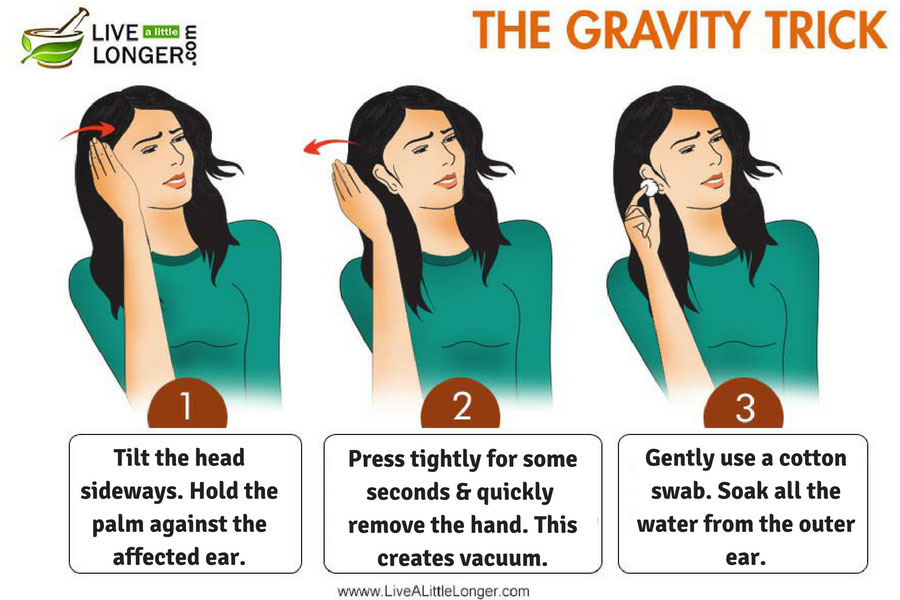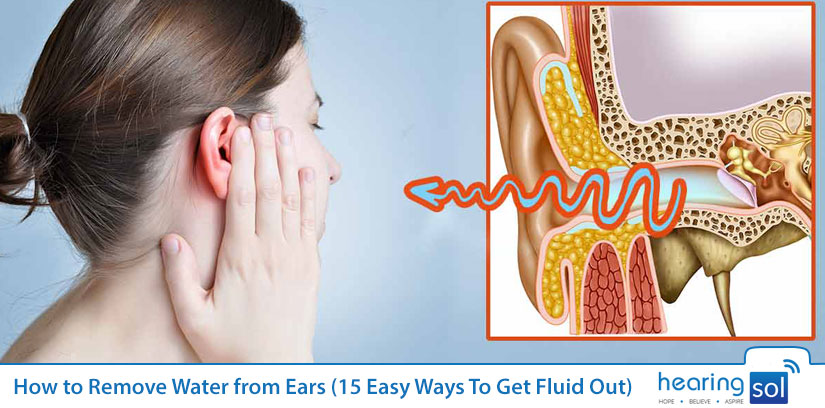How To Get Water Out Of Your Ear If You Have Tubes

The heat from the dryer can help evaporate the water inside your ear canal.
How to get water out of your ear if you have tubes. Block your ears with cotton balls when you use hair spray or hair dye. If you do happen to experience an episode of water in the ears don t insert anything inside your ear canal to help it drain. Lay on your side for a few minutes with the affected ear. Using a half and half mixture of vinegar and alcohol will break the water tension and allow it to drain out.
Rub the area moving the skin around a little then raise your head and the fluid should drain out. Tips to get water out of your ears. Swimming below the surface increases pressure on the tube and the likelihood of water entering the tube. Turn on your blow dryer to its lowest setting.
Take a breath pinch your nose with your fingers close your mouth and gently exhale to open your eustachian tubes. The heat may help to open your auditory tube. Refresh air in the ear. The person should leave the compress in.
Alternatively you can try filling a bowl with hot water and hovering over the steam for five to 10 minutes. Hold the hair dryer about a foot away from your ear and move it in a. Soak a washcloth in warm water and then apply it to the outside of your ear for about 30 seconds remove it for a minute and repeat approximately four times. However soapy water and deeper swimming over 2 feet did.
Commonly children with ear tubes are advised to use the following items to prevent water from entering the ear canal and possible disrupting the tube. Regulate air pressure in the middle ear. Coat a cotton ball with petroleum jelly and slip it into your outer ears during a bath. The study showed that showering hair rinsing and submersion in clean tap water did not increase water entry into the middle ear.
Use earplugs and a swim cap when you. Swelling inflammation and mucus in the eustachian tubes from an upper respiratory infection or allergy can block the tubes causing the accumulation of fluids in the middle ear. By rapidly flattening and cupping the hand against the ear a vacuum will be created that might pull the water out. So it appears that recent studies agree that ear plugs are not needed for regular surface swimming.
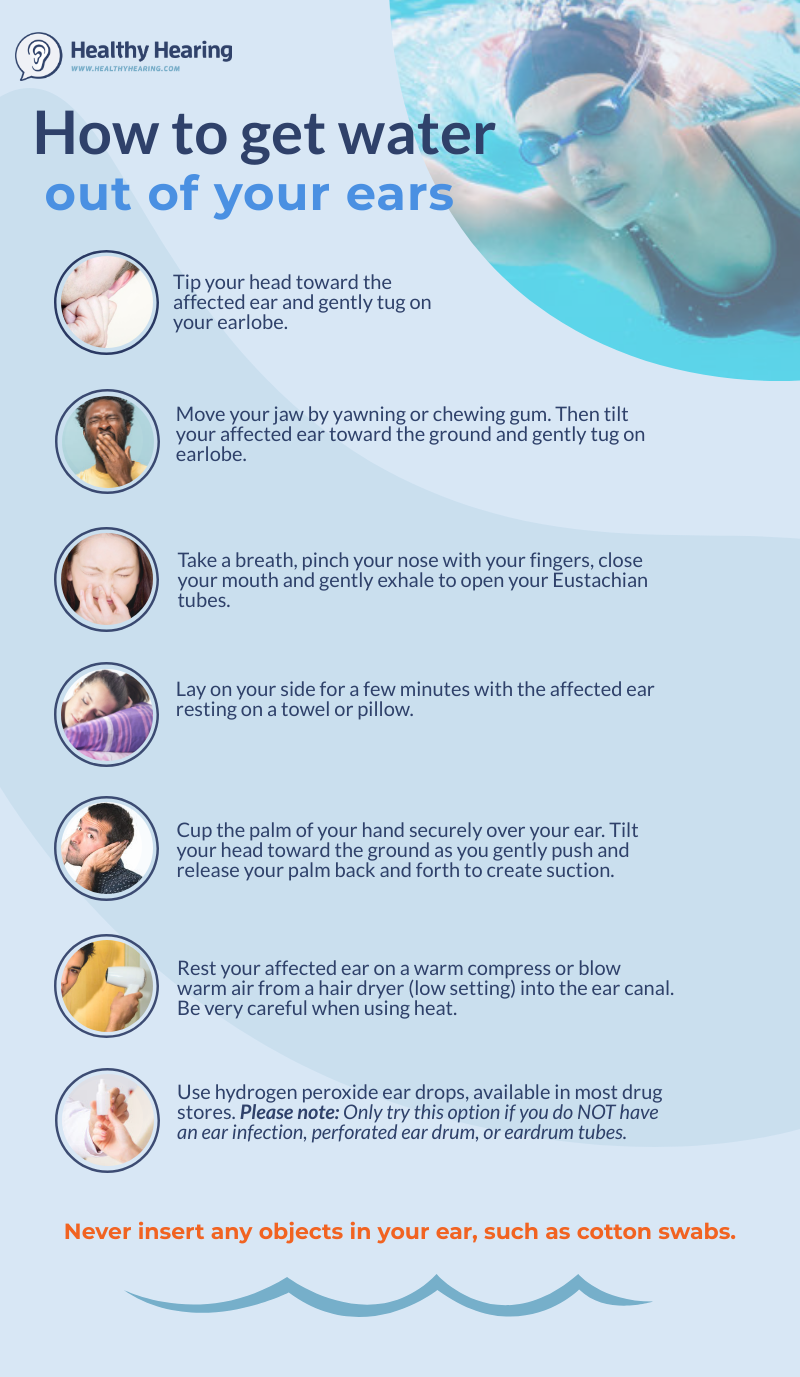

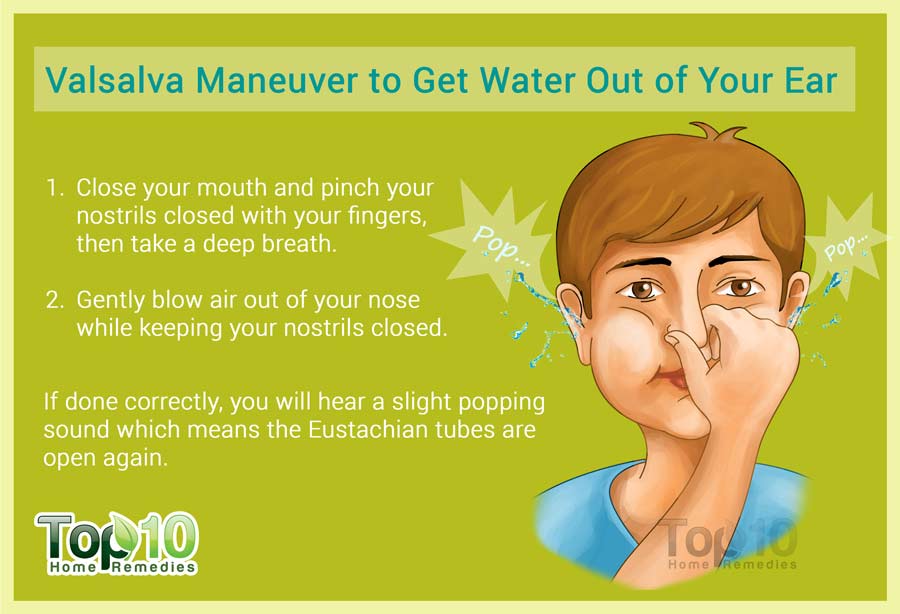

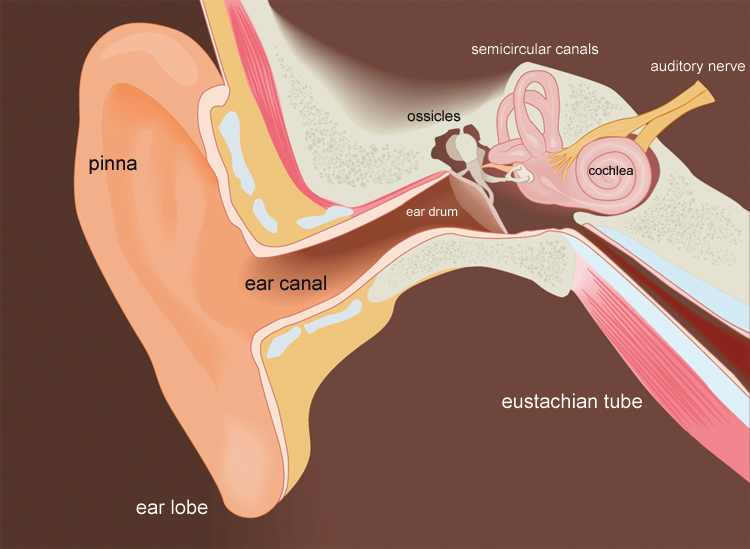


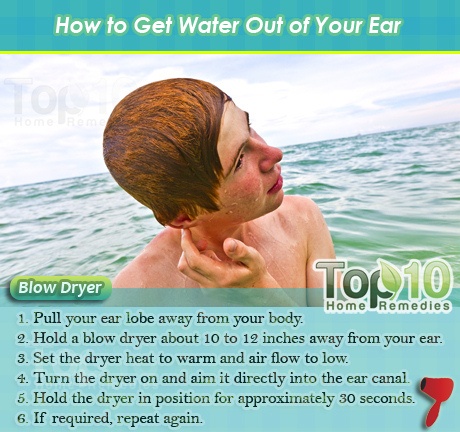


:max_bytes(150000):strip_icc()/how-to-use-ear-drops-correctly-11920391-5c82c27e46e0fb00010f10b3.png)

:max_bytes(150000):strip_icc()/why-wont-my-ears-pop-1192171_color1-5b56289146e0fb0037bab64f-JS-5b86819d3ff740d99d184b7f613bc099.png)
:max_bytes(150000):strip_icc()/diagnosis-and-treatment-for-fluid-in-the-ear-1192211_final-5b43705b46e0fb003788df76.png)


